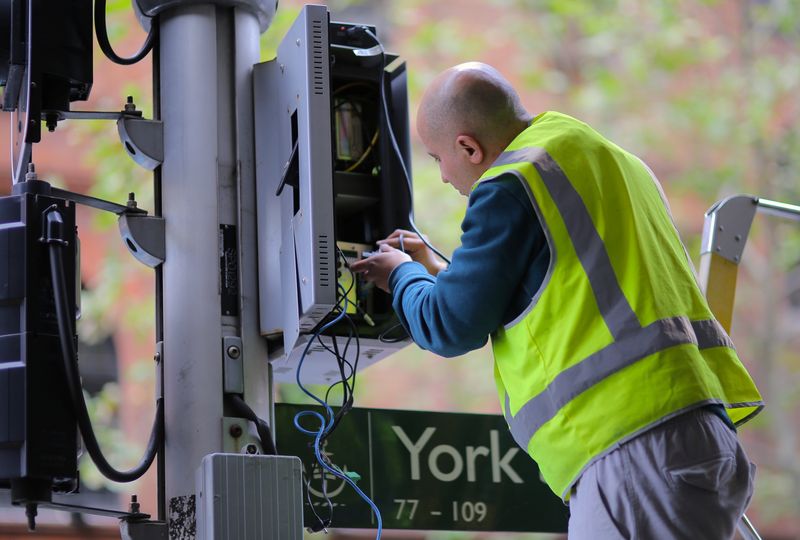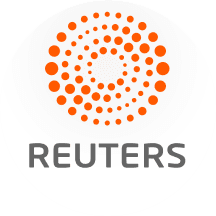
By Wayne Cole
SYDNEY (Reuters) -Australian employment rebounded in July as firms took on more full-time workers, data showed on Thursday, pulling the jobless rate down from a 3-1/2 year high and calming concerns the labour market was about to fall over.
The upbeat report implied there was less urgency for the Reserve Bank of Australia to follow up this week's rate cut with another in September, and nudged the local dollar up 0.3% to a two-week high at $0.6566.
Yet policy makers have indicated more easing is likely should inflation continue to cool as expected and markets remain fully priced for a further quarter point easing to 3.35% in November.
"The data are reassuring in that they suggest conditions are not deteriorating quickly," Sean Langcake, Head of Macroeconomic Forecasting for Oxford Economics Australia.
"Nevertheless, weak economic momentum and global uncertainty will be strong headwinds for the labour market to overcome through the rest of the year."
Figures from the Australian Bureau of Statistics showed net employment rose 24,500 in July from June, when it added a meagre 1,000. That was dead in line with market forecasts, while full-time jobs more than recovered a June drop with a jump of 60,500.
In a relief for the economic outlook, the jobless rate eased back to 4.2%, from 4.3%, which had been the highest reading since November 2021. The participation rate ticked down to 67.0%, while hours worked rose 0.3% after a pullback in June.
The ABS noted female full-time jobs jumped by 40,000 in July and their participation rate rose a record high of 63.5%.
The central bank had expected unemployment to rise to around 4.3% this quarter, which is still low by historical standards, and stay there for the foreseeable future.
Leading indicators of labour demand have been solid with vacancies still almost 50% above pre-pandemic levels, while there were 1.8 unemployed per vacancy compared to 3.1 back in early 2020.
Business surveys are generally upbeat and consumer spending has picked up in the last couple of months as lower borrowing costs and past tax cuts feed through to incomes.
RBA Governor Michele Bullock has also flagged the likelihood of at least another 50 basis points of total easing should core inflation continue to moderate from its current 2.7% pace to the mid-point of the central bank's target band of 2% to 3%.
While unemployment is low, there is little sign of wages being an inflationary threat with annual pay growth holding at 3.4% in the second quarter, well below its 2023 peak of 4.2%.
(Reporting by Wayne Cole; Editing by Himani Sarkar and Stephen Coates)

 Reuters US Economy
Reuters US Economy
 Florida Politics
Florida Politics People Human Interest
People Human Interest WWSB
WWSB Wheeling Intelligencer Sports
Wheeling Intelligencer Sports Wheeling Intelligencer
Wheeling Intelligencer America News
America News AlterNet
AlterNet Raw Story
Raw Story Sportsmole Soccer
Sportsmole Soccer